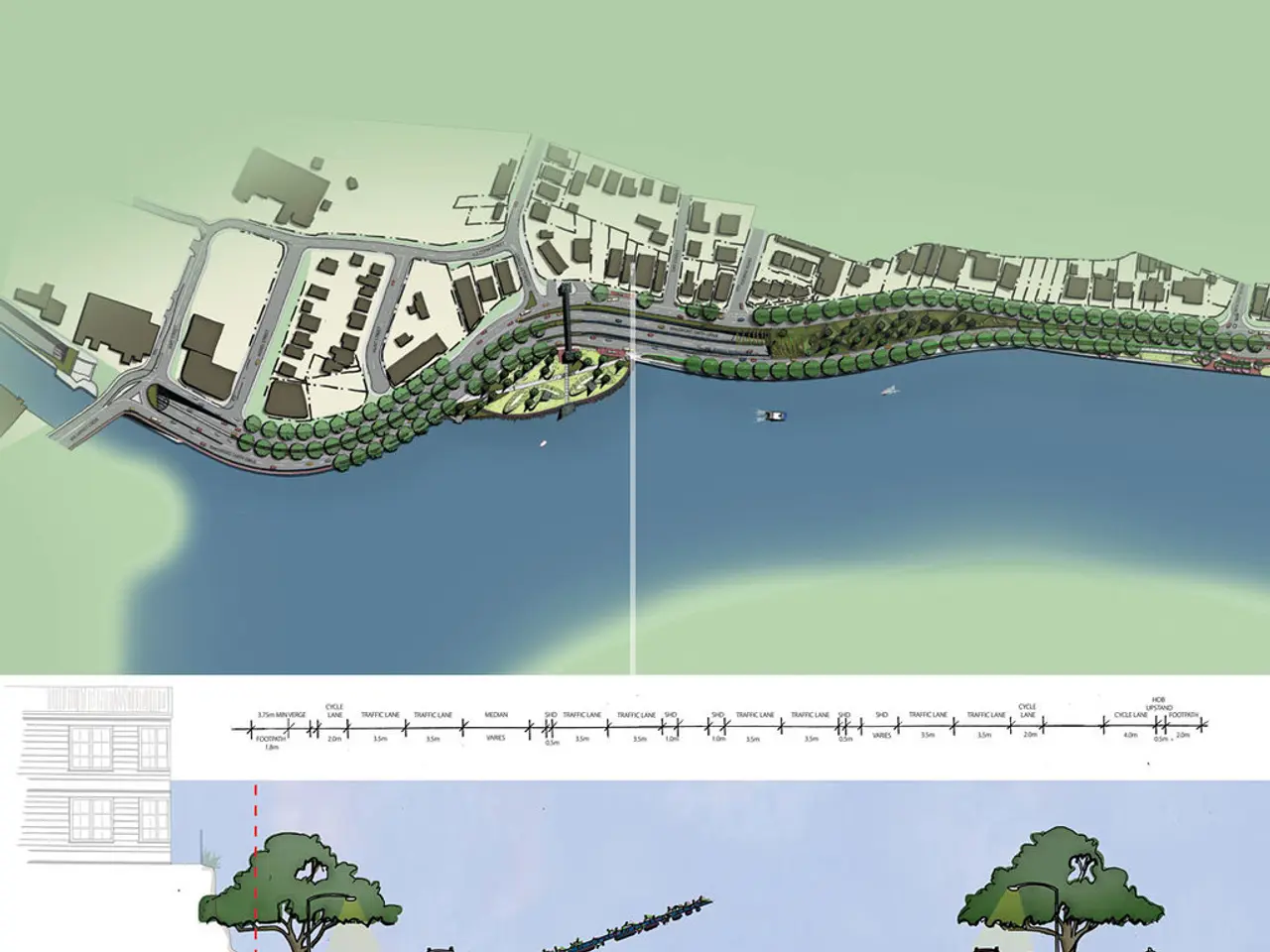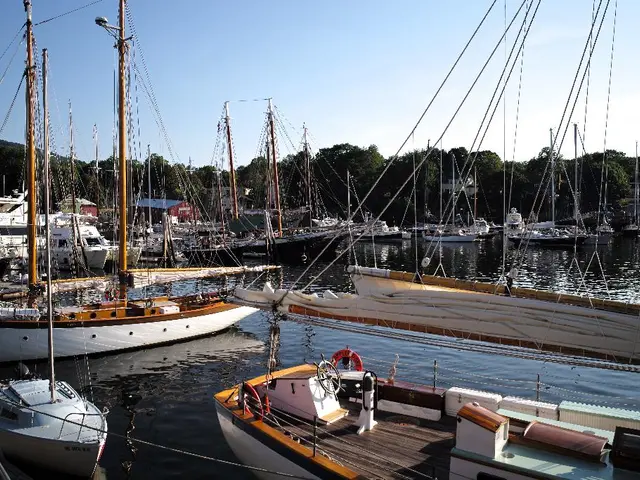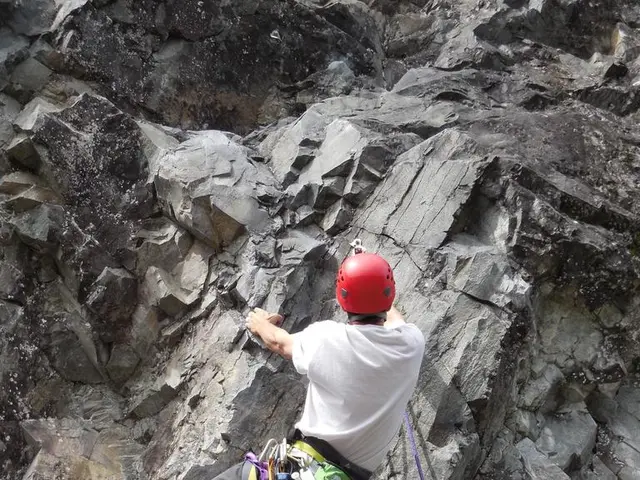Technology transformation reshapes tourism landscapes: it not only instigates but also proposes potential remedies for tourism overpopulation
In the digital age, social media and other digital platforms have become powerful influencers in shaping travel trends, inspiring millions of tourists to flock to the same destinations. This phenomenon, known as overtourism, strains local infrastructure and deteriorates the quality of life for local residents [1].
However, digital tools can also offer significant opportunities for sustainable tourism management. By simulating and monitoring tourist flows in real-time, digital technologies like digital twins, AI, and GIS enable smarter destination management. This can help preserve cultural heritage, improve sustainability, and balance tourism growth with conservation efforts [2].
One such technology is digital twin technology, which creates virtual replicas of destinations, integrating real-time data via IoT, AI, and GIS. This facilitates precise simulation and monitoring, enabling better planning, management, and sustainable development of tourism sites [3].
Digital tools are also being used to combat overcrowding in popular tourist destinations. Smart cities are implementing digital mechanisms for booking visit times to attractions and limiting access to certain areas [4]. Monitoring systems, big data analysis, and geolocation services help cities manage tourist pressure swiftly and implement targeted restrictions [5].
The advent of AI in tourism can predict peak loads on tourist zones and suggest alternative routes, helping to evenly distribute tourist flows [6]. One-click bookings stimulate immediate travel decisions, allowing tourists to create their own routes based on reviews, ratings, and photos [7].
The rise in the number of digital nomads and users of platforms like Airbnb blurs the line between tourists and permanent residents. AI-enhanced virtual reality allows for digital visits to attractions, appealing to those with mobility restrictions and eco-conscious individuals [8].
Despite these advancements, it's important to note that social and climatic factors remain key in altering traveler behavior. Economic pressure and awareness of climate change consequences are altering traveler behavior, reducing long flights and encouraging the choice of local destinations [9].
While digital tools offer a first chance for the controlled development of overtourism, it's not yet defeated. The final say in tourism remains with people, who continue to determine tourism flow directions between comfort and uniqueness, screen and live experience [10].
In megacities and historic centers suffering from seasonal visitor influxes, this AI-based approach can be particularly useful. Technology is becoming a tool for sustainable tourism management, protecting cultural and natural heritage without resorting to location closures [11].
However, the increase in tourist flows worldwide is primarily driven by the development of technologies. As such, it's crucial to ensure that these digital solutions are used responsibly, integrating technology with community involvement and policy support to create resilient and balanced tourism destinations [1][2][4][3][5].
Educational programs are training tourism professionals in digital competencies, fostering innovation in managing and marketing destinations sustainably with tools like virtual tours, AI-powered services, and data analytics [12]. Larger initiatives like the DIGITALIZE project use digital tools to enhance tourism resilience, competitiveness, and sustainability by aligning policies and promoting innovation and digitalization across regions [3].
In conclusion, while digital tools can intensify overtourism by fueling demand and visitor concentration, they are also essential for sustainable tourism management through improved monitoring, planning, and promoting responsible behaviors. Effective outcomes depend on well-coordinated use, integrating technology with community involvement and policy support to create resilient and balanced tourism destinations [1][2][4][3][5].
Technology can aid in balancing tourism growth with conservation efforts by simulating and monitoring tourist flows in real-time, allowing for smarter destination management [2]. This may involve the use of digital twins, AI, and GIS to preserve cultural heritage and improve sustainability [2].
By using digital tools such as AI and geolocation services, cities can effectively manage tourist pressure, combat overcrowding, and implement targeted restrictions in popular tourist destinations [5]. This can help in creating resilient and balanced tourism destinations while protecting cultural and natural heritage.





